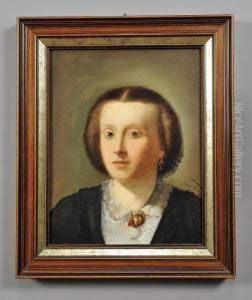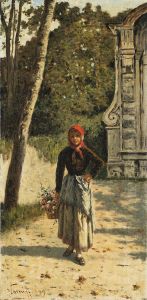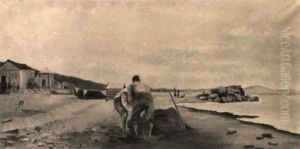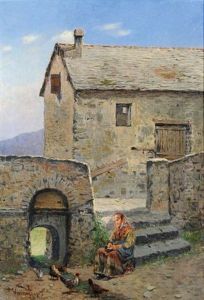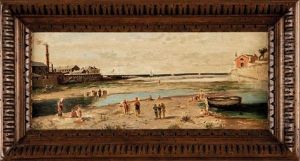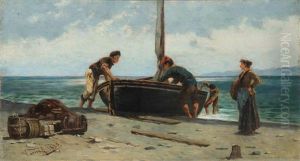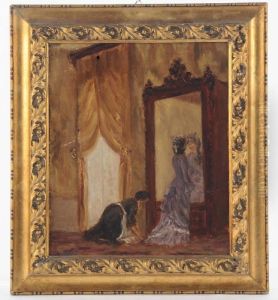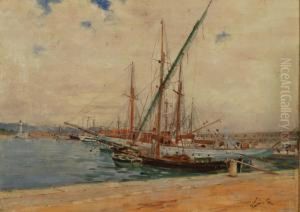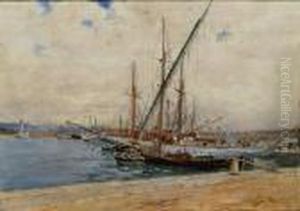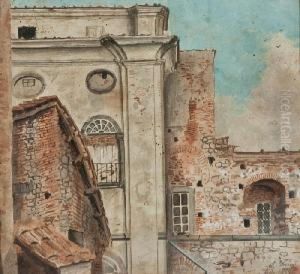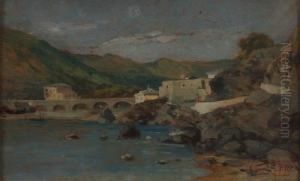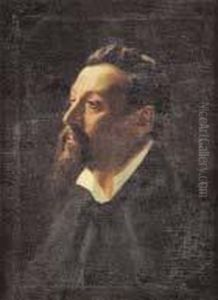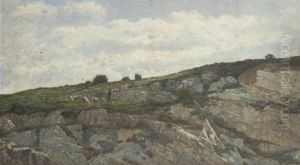Antonio Varni Paintings
Antonio Varni was an Italian sculptor born in Genoa in 1809. His work is emblematic of the 19th century Italian sculpture, a period marked by the Romantic movement and a revival of classical themes and techniques. Varni, however, is not as widely recognized as some of his contemporaries, such as Lorenzo Bartolini or Pietro Tenerani, but he contributed significantly to the art scene of his time, particularly in the region of Liguria.
Varni trained in the Accademia Ligustica di Belle Arti in Genoa, where he honed his skills in sculpting with a particular focus on religious and mythological subjects. His early career was marked by commissions for local churches and public monuments, which showcased his ability to blend classical forms with the emotive intensity characteristic of Romantic art.
Throughout the mid-19th century, Varni's reputation grew, and he received more prestigious commissions, including works for the monumental cemetery of Staglieno in Genoa, which is renowned for its impressive collection of statuary. His sculptures in Staglieno are celebrated for their expressive realism, intricate detail, and the profound sense of tranquility they evoke, making them some of his most acclaimed works.
Despite his success, Antonio Varni remained somewhat outside the main currents of Italian art, focusing on his work in Genoa and the surrounding area rather than seeking fame in the art capitals of Europe. His dedication to his local region and its traditions is a defining characteristic of his career.
Varni's legacy is preserved in the collections of various museums and in the public and private spaces that house his sculptures. Though less known internationally, his work continues to be studied and admired for its craftsmanship and emotional depth. Antonio Varni passed away in Genoa in 1887, leaving behind a body of work that, while not as widely recognized as some of his peers, is a testament to the artistic vibrancy of 19th century Italy.
